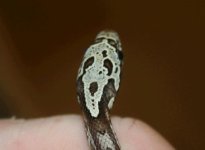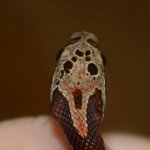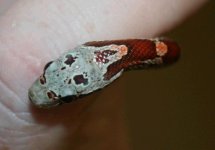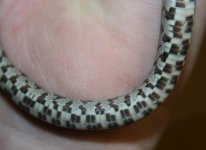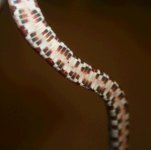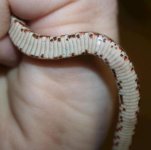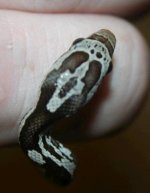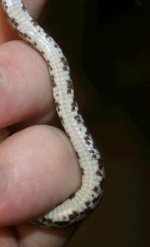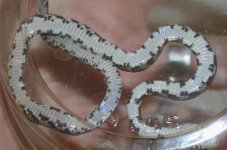El Jefe
Mark 16:18
There was a recent discussion on what defined a motley...clear belly, few belly checks, etc.
You can read more about it here:
http://www.cornsnakes.com/forums/showthread.php?t=103981
Intrigued and having some down time, I went through some of the 2010 hatchlings to take some pictures to illustrate some of the "rules" we know in cornsnakes are not always as clear as they seem.
The first set of pictures is from a Normal het sunkissed, blood, anery, amel X same breeding. I produced a bunch of neat critters--including a sunkissed blood or three--but also got some "different" results....
First up in the picture line are all the heads....with the real blood red being the last one.
You can read more about it here:
http://www.cornsnakes.com/forums/showthread.php?t=103981
Intrigued and having some down time, I went through some of the 2010 hatchlings to take some pictures to illustrate some of the "rules" we know in cornsnakes are not always as clear as they seem.
The first set of pictures is from a Normal het sunkissed, blood, anery, amel X same breeding. I produced a bunch of neat critters--including a sunkissed blood or three--but also got some "different" results....
First up in the picture line are all the heads....with the real blood red being the last one.

